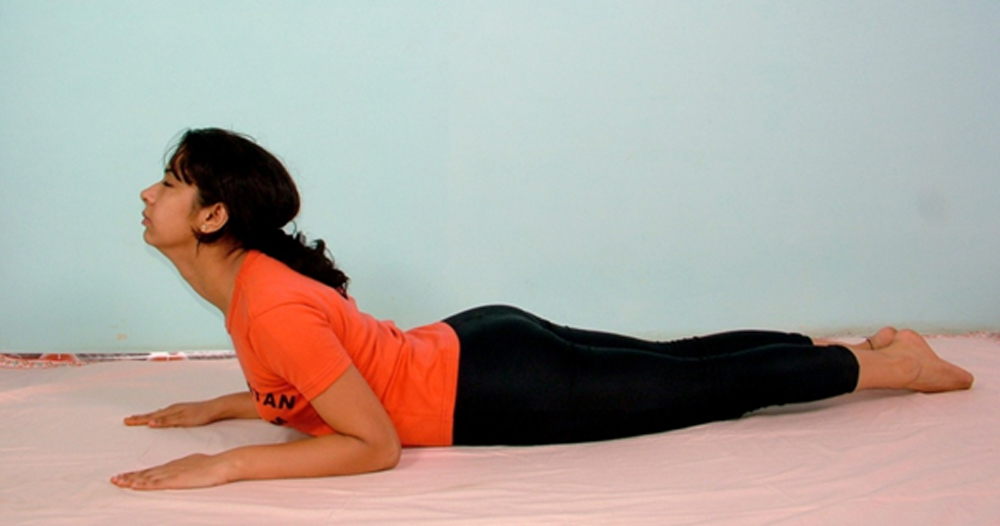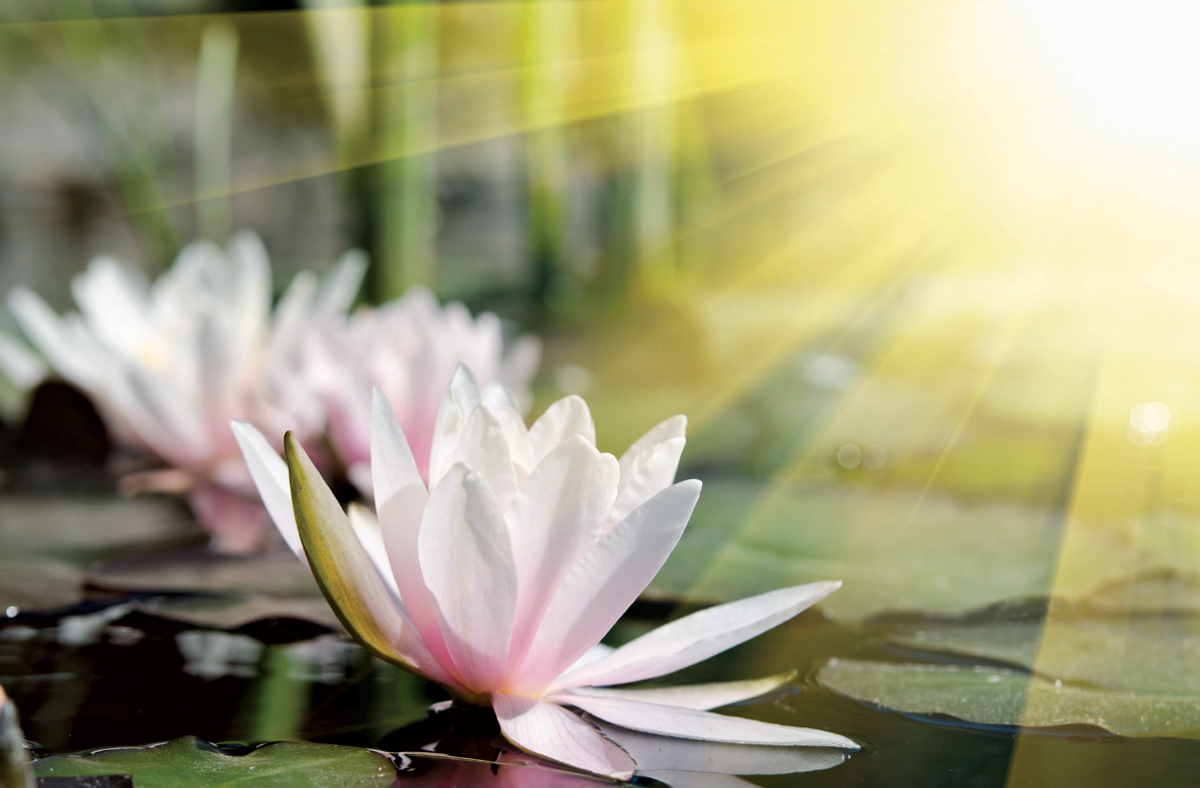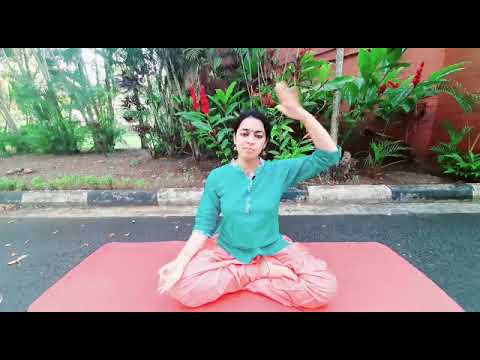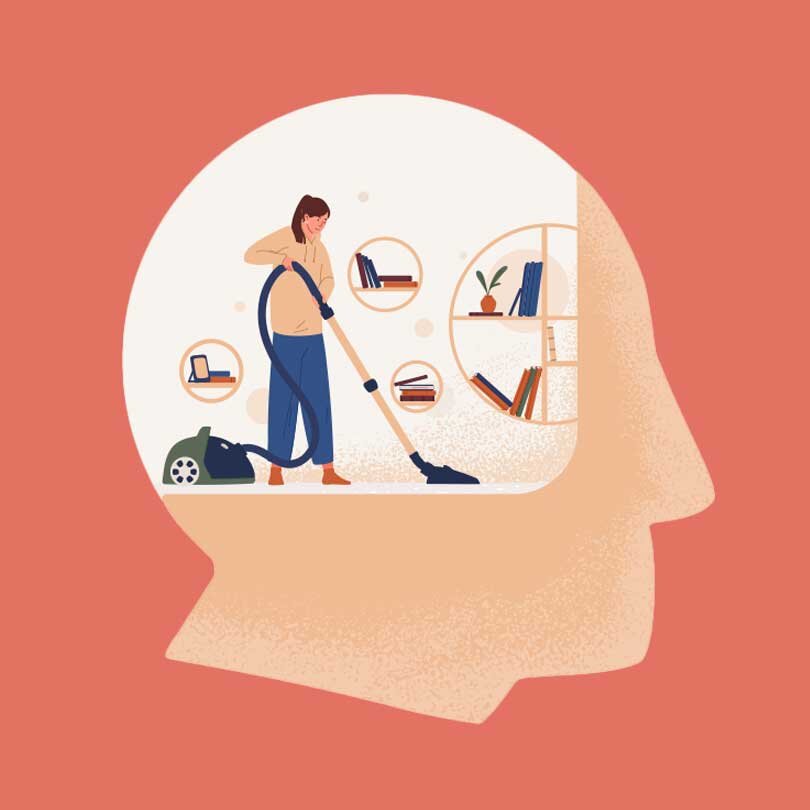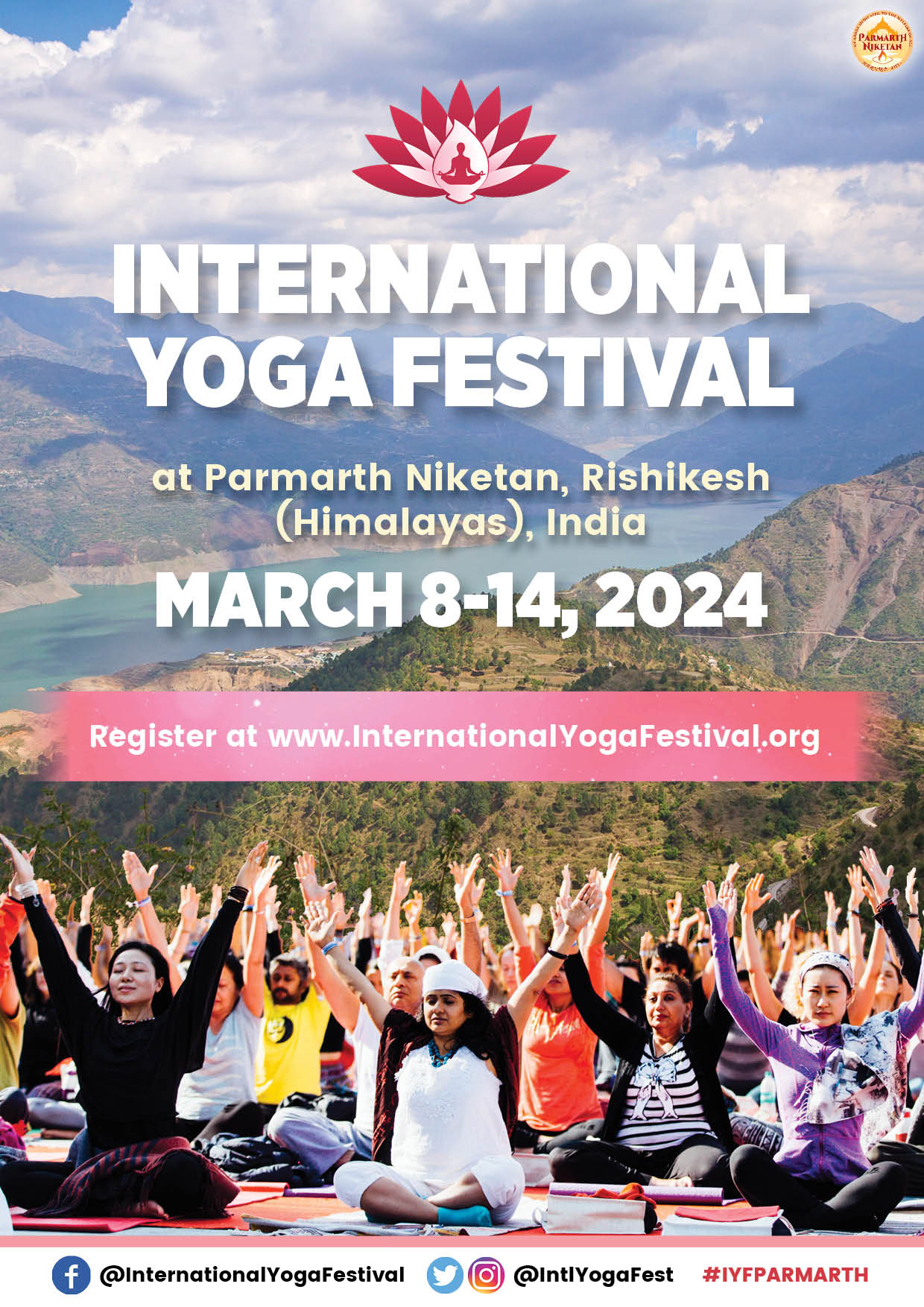avidyā-asmitā-rāga-dvesha-abhiniveśhahpanchkleśhāh ||3||- (SadhanaPada)
The obstacles along the spiritual path (klesha) are as follows: a lack of insight (avidya); identification with the mutable (asmita); the belief that happiness (raga) or unhappiness (dvesha) result from outer circumstances; deep seated anxiety (abinivesha).
According to the Yog Sutras of Patanjali in human life all the suffering, sorrow, and pain are caused by five kleshas. One who fails to control them, always remains frustrated and depressed. There is dissatisfaction in life. These “afflictions” distort our mind and our perceptions effecting how we think, act and feel. The five main kleshas vary in intensity on our psyche, from being inconsequential in their effect to utter blindness. The kleshas not only create suffering, but are said to bind us to the endless cycle of birth and rebirth, and thus preventing us from achieving enlightenment.
These five kleshas or afflictions are:
a. Avidya (Ignorance)
b. Asmita (Ego)
c. Raga (Attachment)
d. Dvesha (Hatred / aversion)
e. Abhinivesh (persistence or clinging to life)
In the second chapter of the Yog Sutras, the Sadhana Pada, Maharishi Patanjali outlines “the means to liberation.” Within these key principles we find the five kleshas, or obstacles: ignorance, egoism, attachment, aversion and clinging to life. Sutra 2.2 introduces the subject very clearly: “The goal of Yog is not to obtain something that is lacking: it is the realization of an already present reality. Yog practice removes the obstacles that obstruct the experience of samadhi, or the state of complete absorption”.
He then explains how each obstacle can be resolved in Sutras 2.3 through 2.11.
Here are the five obstacles and ways to get rid of them:
1. Avidya – Ignorance
avidyāksetram-uttareshāmprasupta-tanu-vicchinn-odārānām ||4||- (Sadhana Pada)
[A lack of insight (avidya) is the source of most kleshas (obstacles) and can be latent, incipient, full-fledged or overwhelming.]
anityā-aśuchi-dukkha-anātmasunitya-śuci-sukha-ātmakhyātir-avidyā ||5|| – (Sadhana Pada)
[A combination of the eternal and transitory, purity and impurity, joy and suffering, or the mutable and immutable in human beings are all referred to as a lack of insight (avidya).]

Vidya means knowledge and a + vidya means lack of knowledge. Here knowledge doesn’t mean education or academic knowledge rather it means ‘gyaan’ or knowledge of self, hence avidya is the ignorance. Our first affliction is our lack of awareness and disconnection from truth.
Avidya (ignorance) is the misconception of our true reality, believing that the temporary is eternal, the impure is the pure, and pleasure to be painful. This false representation of reality is the root klesha and produces the four others.
– Mistaking the temporary for the permanent:
Root cause of pain in our life is that we are trying to find permanent things in a temporary life. Somewhere we believe that everything is permanent in this life forgetting the fact that our life itself is temporary. This mistake of accepting every temporary thing as permanent leads us towards pain. This is the real avidya.
Some don’t even think ‘Who am I’? Some believe that I am my name, I am my gender, I am my job, I am my relationship etc. and they spend their entire life searching for their identity.
2. Asmita – Ego
drig-darśana-śaktyor-ekātmate-va-asmitā ||6||- (Sadhana Pada)
[Confusing the immutable core with the transient shell is referred to as identification with the mutable (asmita).]

Our second affliction is ‘asmita’ or the Ego. We all have one!
Just because we are ignorant to the fact ‘Who I am’ and what is permanent and what is temporary we develop asmita.
Asmita (I-am-ness) is the identification of our ‘selves’ with our ego. We create a self-image of ourselves that we believe is us, but it is not us. This self-image can contain both external (I am poor) and internal (I am a bad person) false projections. We become trapped within the projections we have created of our life.
Ego generates anger, stress, tension and lead towards pain. In Hindi there is a phrase ‘Jhukta vahi hai jisme jaan hoti hai, akadna to murde ki pehchaan hoti hai’ i.e. flexibility is the sign of being alive as dead bodies never bend (corpses become too stiff to even move, let alone be flexible).
In a discourse Vandaneeya Gurudev Swami Bharat Bhushanji quoted a beautiful line “We need to really become aware of ego as it can attack you anytime. ‘I don’t have Ego and I am so down to earth’ can also be a cause of ego sometimes, as it gives a feeling of – ‘I have won my ego’.”
3. Raag – Attachment
sukha-anuśayīrāgah ||7||- (SadhanaPada)
[The presumption that happiness depends on external circumstances is referred to as desire (raag).]

Just because we are ignorant of our temporary existence we are attached to several material things. Possessiveness, ownership, liking, attraction – the list continues. Attachment to people, things and ideas….to join, connect, or associate ourselves with something. “This is ours,” “This is mine”: all this comes under raag.
Raag (attachment) is the attraction for things that bring satisfaction to oneself. Our desire for pleasurable experiences creates mindless actions and blind-sighted vision. When we cannot obtain what we desire, we suffer. When we do obtain what we desire, our feelings of pleasure soon fade and we begin our search for pleasure again, becoming trapped in an endless cycle just because we are unaware that permanent bliss or happiness cannot be found in temporary things (avidya).
What else can be a funnier example of raag than this: ‘I will never ever leave you’: We are not even aware of what will happen to our life the very next moment. Unaware of what will happen to us, we make false promises out of ignorance and attachment.
4. Dvesha – Aversion
dukkha-anuśhayīdveshah ||8||- (SadhanaPada)
[The notion that pain and suffering are caused by external circumstances is referred to as aversion (dvesha)]

Dvesha (aversion) is the opposite of raag, aversion towards things that produce unpleasant experiences. If we cannot avoid the things we dislike, we suffer. Even thinking about unpleasant experiences produces suffering.
Dvesha can also be interpreted as an avoidance of something, or feeling of dislike towards something. The ego is usually involved in this choice.
To step out of a state of aversion is to step out of your ego’s comfort zone. Being pushed around by the ego (I want, I don’t want) is a vicious, never ending cycle, which creates suffering.
5. Abhinivesha – Clinging to life
swarasvāhividusho-‘pi tathārūdho-‘bhiniveśhah ||9||- (SadhanaPada)
[Anxiety (abhinivesha) arises spontaneously and can even dominate your entire existence.]

Abhinivesha (Clinging to life) is the deepest and most universal klesha, remaining with us until our deaths. We know that one day we will indeed die, yet our fear of death is deeply buried in our unconsciousness. It is clearly mentioned in Bhagwat Geeta ‘Jatasya hi dhruvomrityu…’ – ‘He who has taken birth in this world has to die’. Still we cling to life as we are ignorant to the truth.
Fear of Death! Desire for body continuity! Though most of human lives are full of pain, misery, sickness and woe, delusion gives most people an abnormal desire to live. The other four kleshas help to strengthen the delusion. Every living body has a limited lifespan to live on earth, and humans are no exception to what are but natural laws.
This klesha is the most difficult one to overcome. It is said to exist even in the sages. When a car is coming towards you it is the instinct to jump out of the way. The sages say that it is the proof of re-incarnation, karma and samskāras because each of us has had a taste of death, which lingers and this imprint is the seed of fear, which we are born with.
The clinging is greatly evident in today’s society with the general mass obsessed with ideas of looking young, to the point of undergoing surgery or taking pills. Aging is a natural process and if one can manage to grow spiritually and interiorly the external appearance will not affect their happiness or contentedness.
All these obstacles are tied together by our egos. The ego thrives in them, and only when they begin to dissolve the ego softens… If you experience resistance, know it is okay — it is part of the journey! All the kleshas derive from ignorance, and the practice of awareness allows our innate intelligence to awaken. Ignorance can’t survive in the light of awareness, and awareness is within each one of us, always available to shine.
How to overcome kleshas?
samādhi-bhāvana-arthahkleśatanū-kararna-arthaśch ||2||- (SadhnaPada)
If your practice is aligned with your goal (samadhi), the obstacles along your spiritual path (klesha) will disappear and ultimately you will reach your goal.
The first stage of working with the kleshas is to simply acknowledge them. Reflection promotes self-awareness, self-understanding and self-knowledge to uncover and see the kleshas and their roots as well as how they create suffering.
Once acknowledged, begin with self talk and auto suggestions moving towards meditation. More deep knowledge of Yog along with study of holy texts especially Bhagwat Geeta leads us towards a life without kleshas.
Acharya Pratishtha is an internationally acclaimed yoga guru, director of Mokshayatan Yog Sansthan and a member of key yoga committees of the Government of India. She is the author of five books, creator of CDs & DVDs and a presenter of television shows on yoga.



